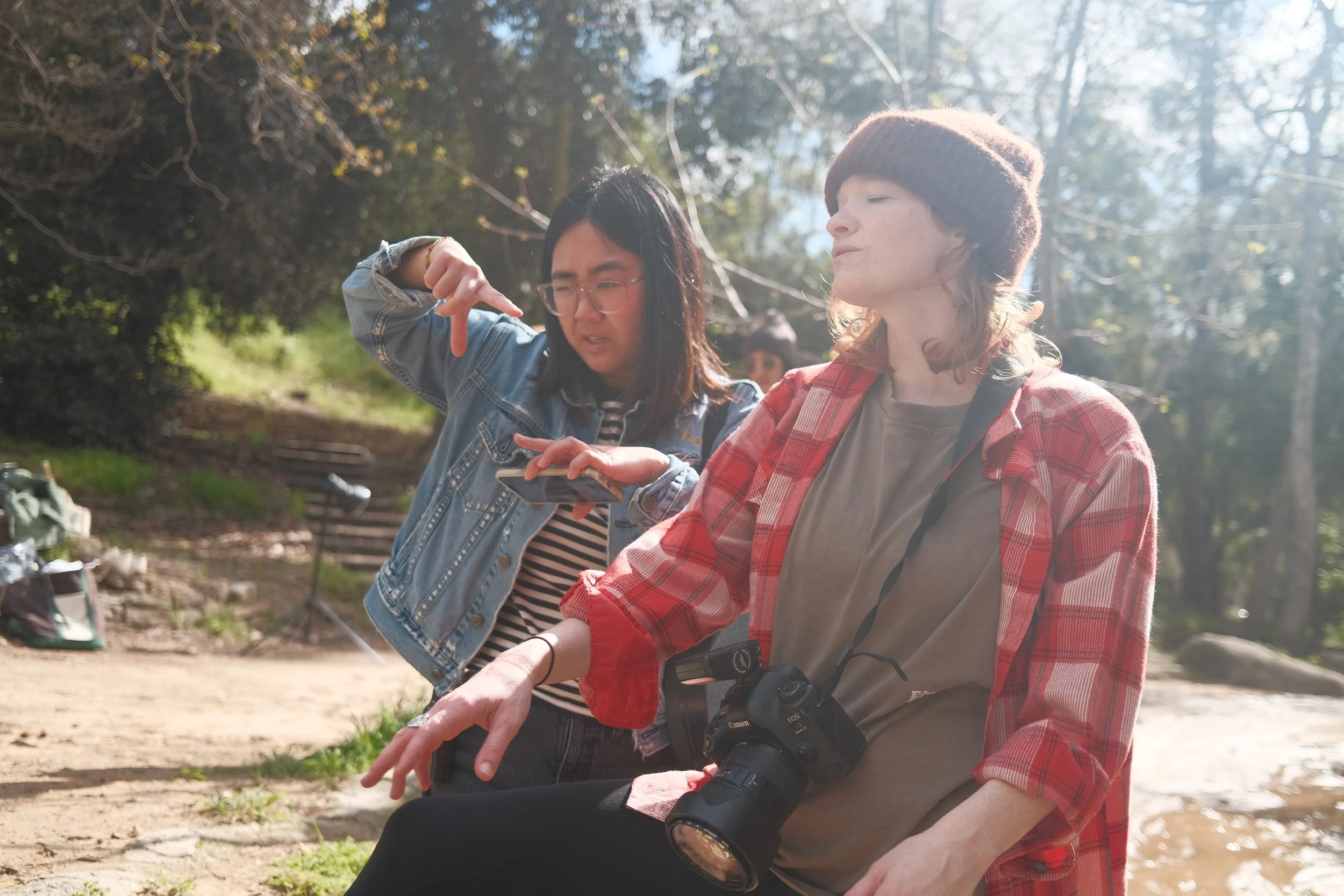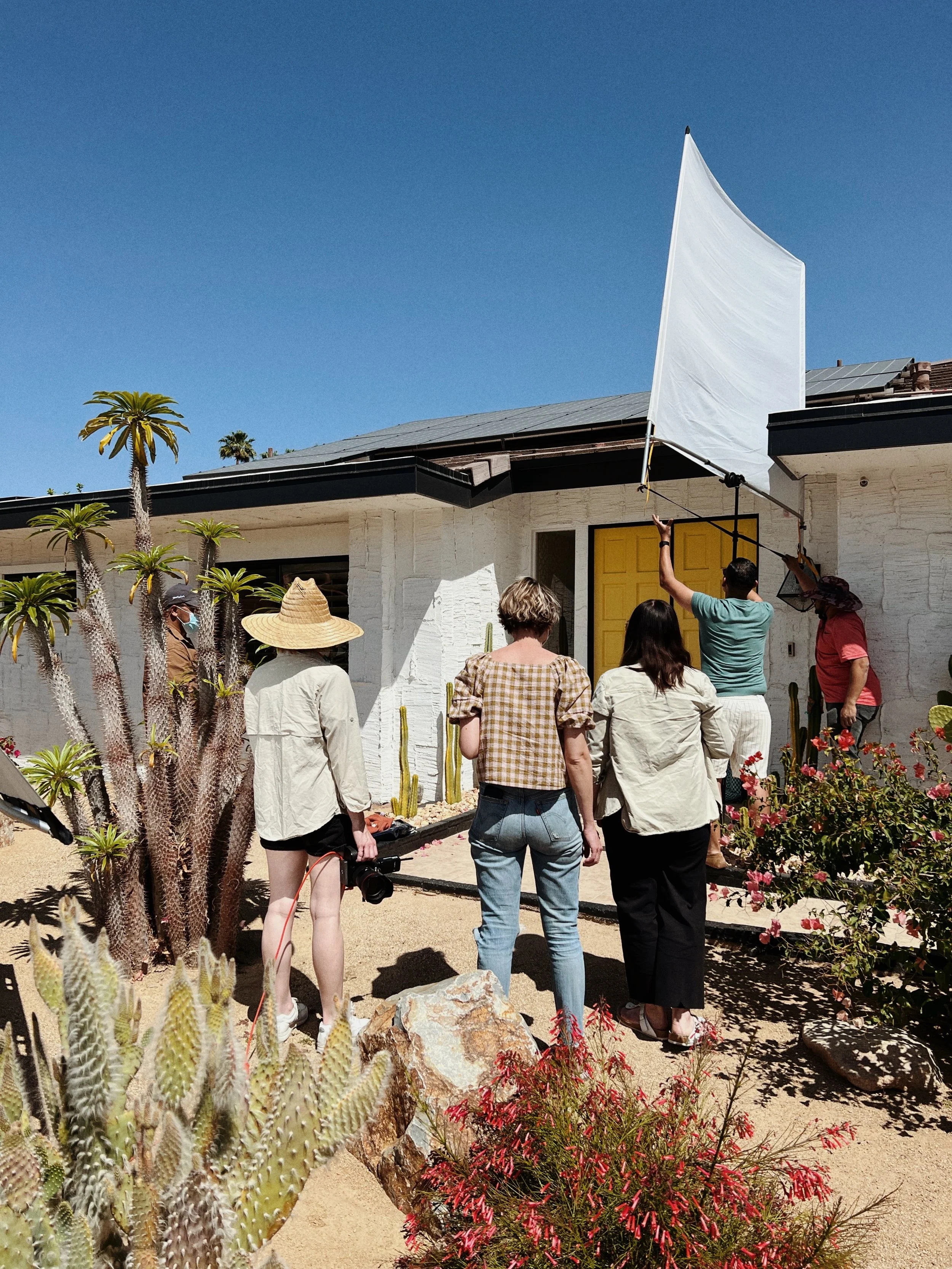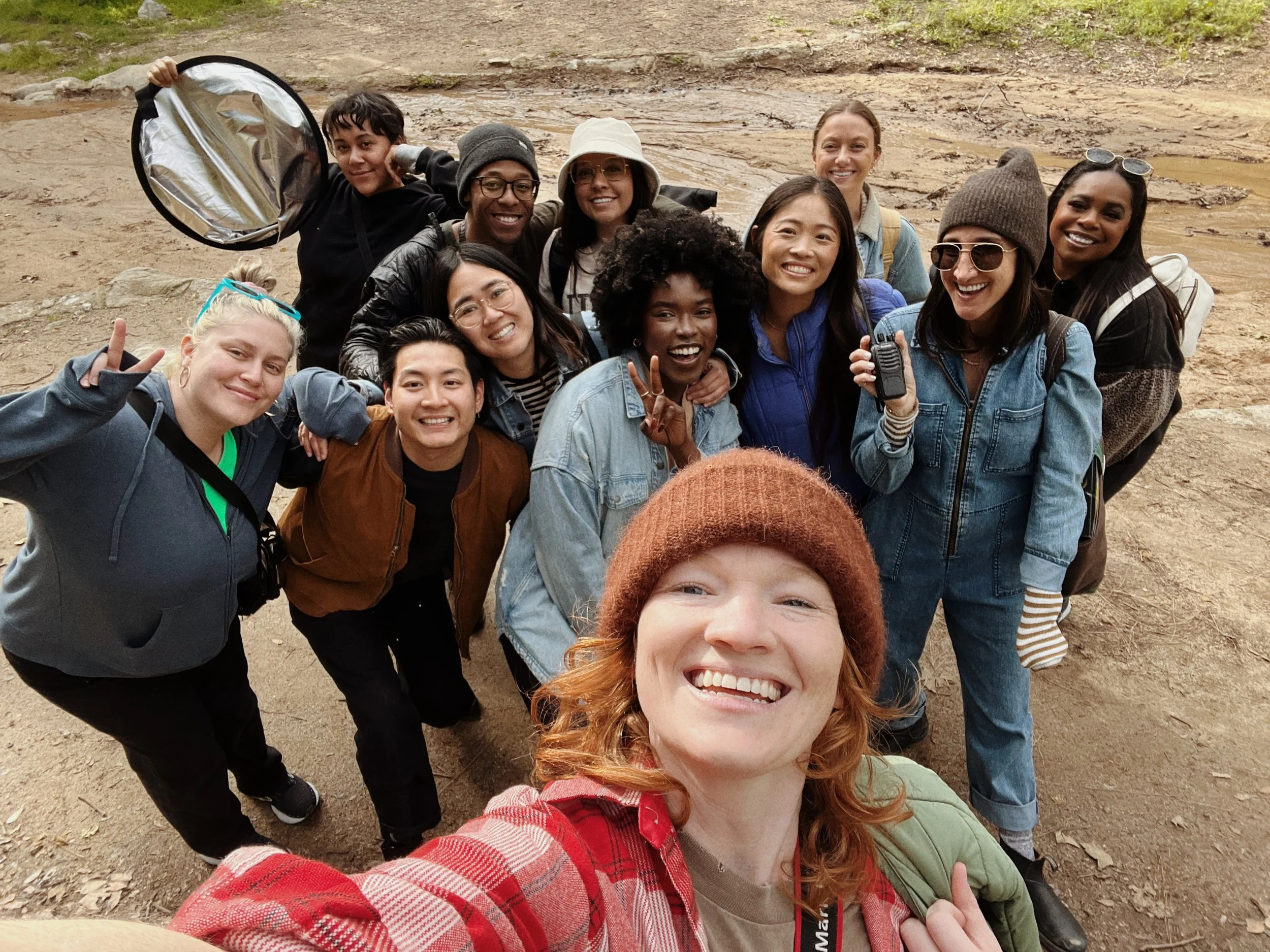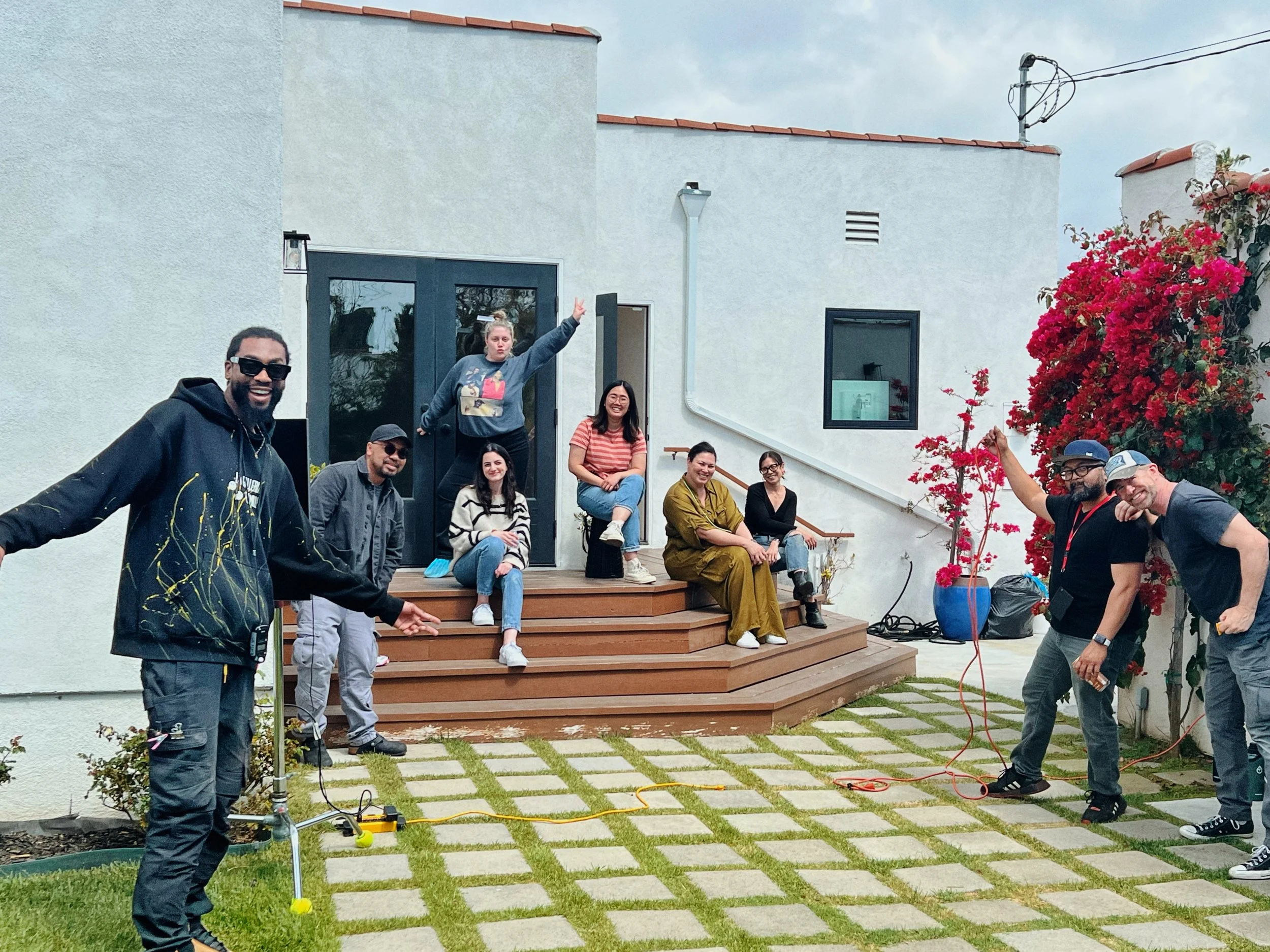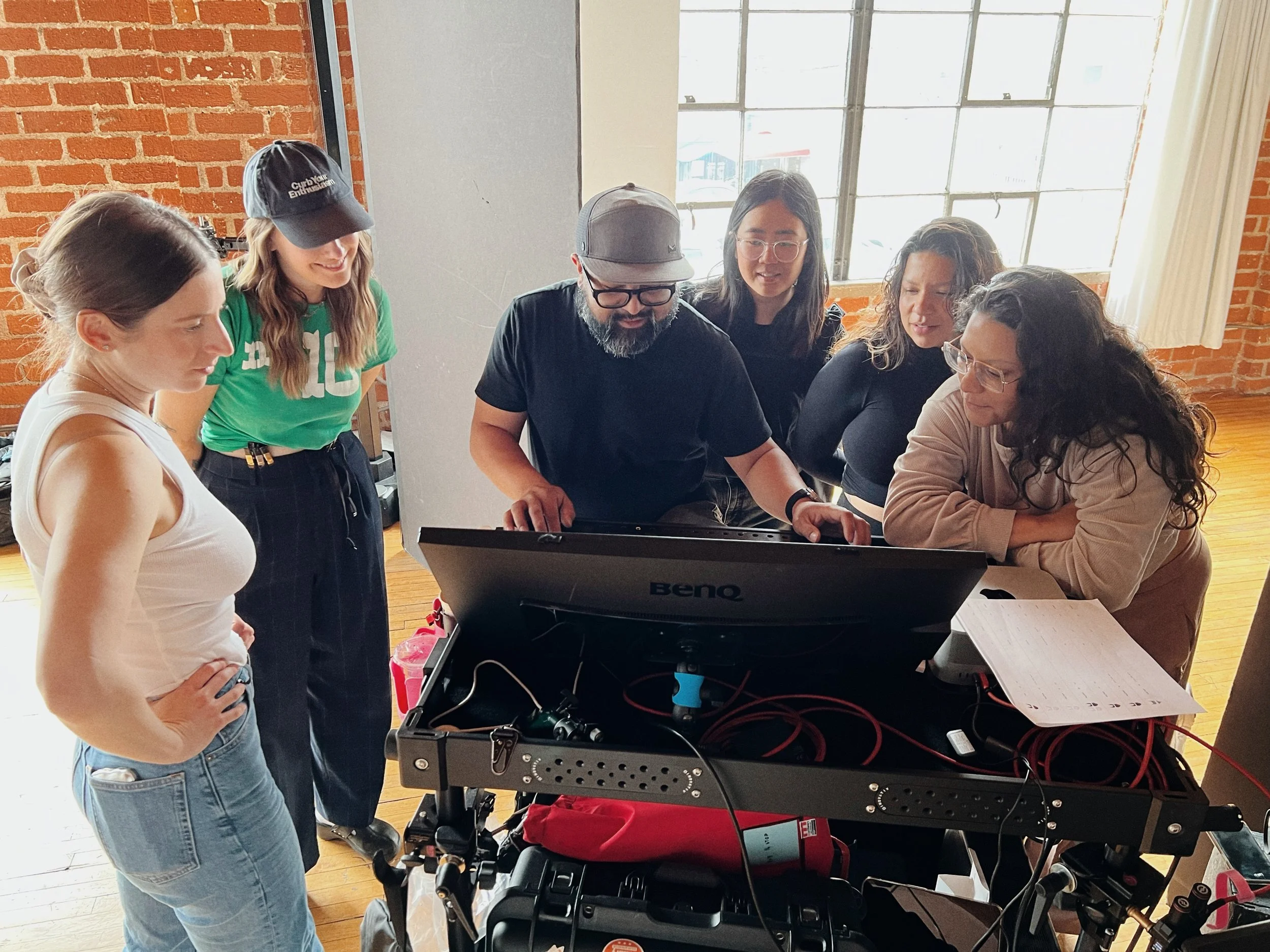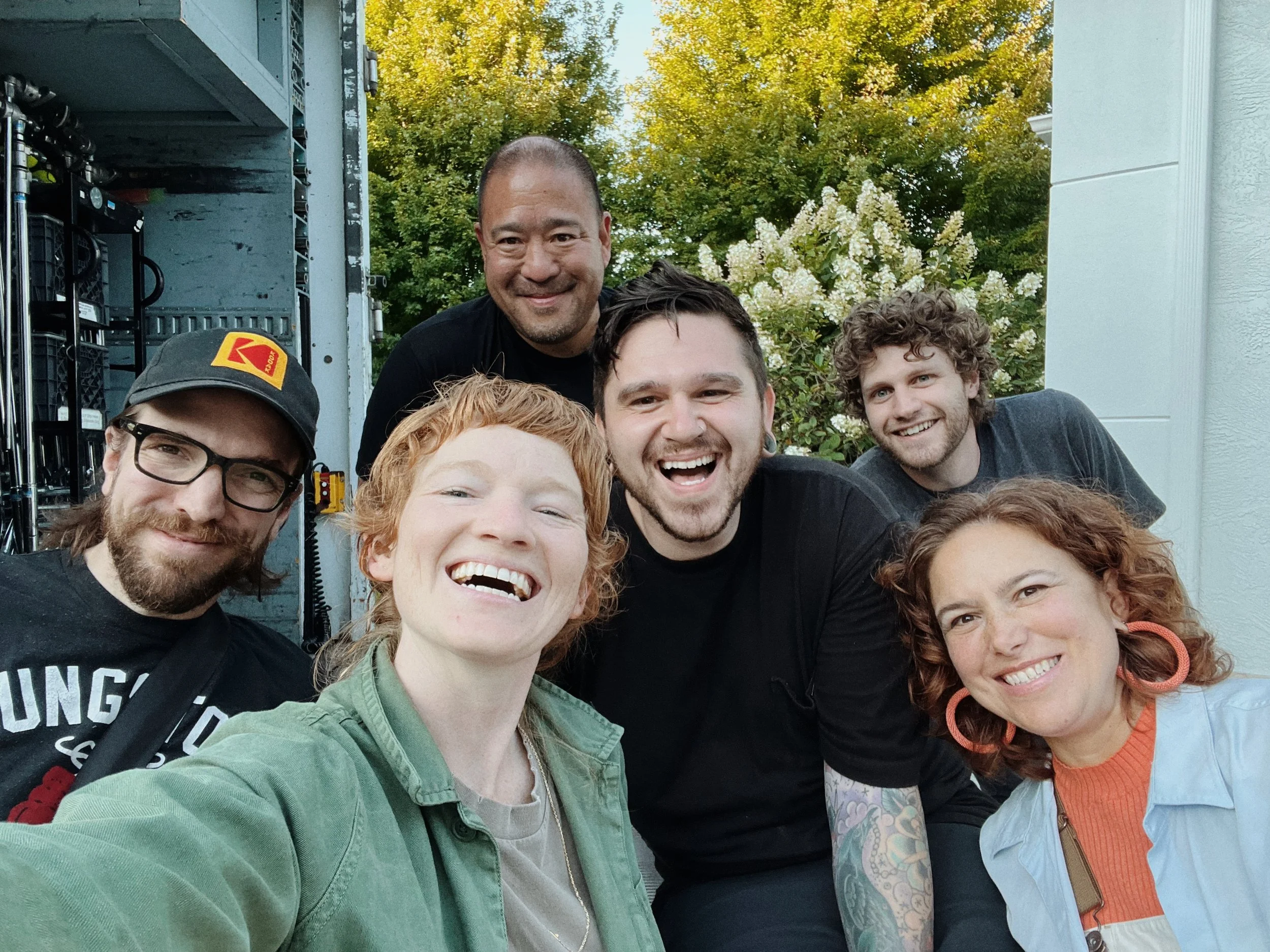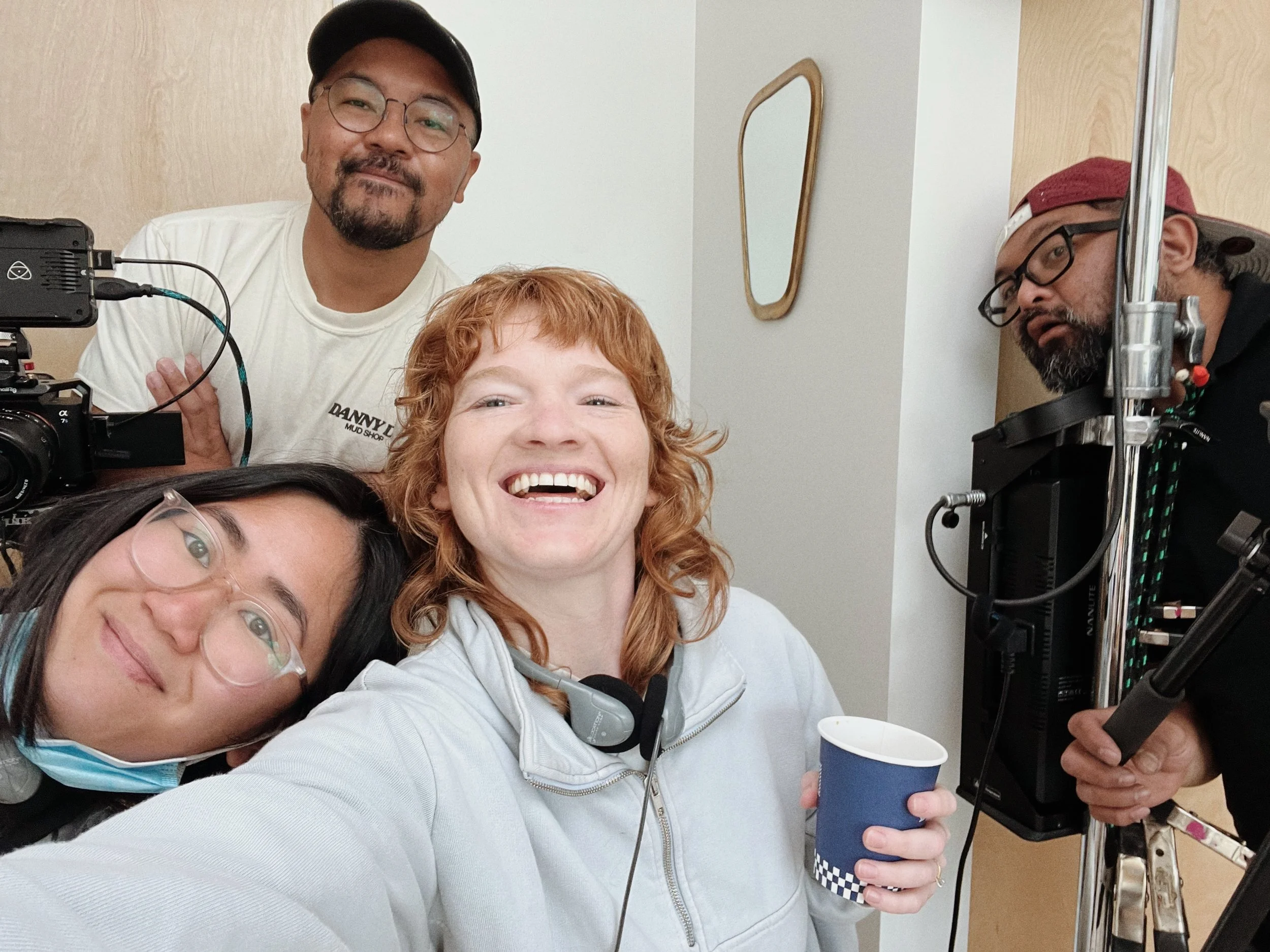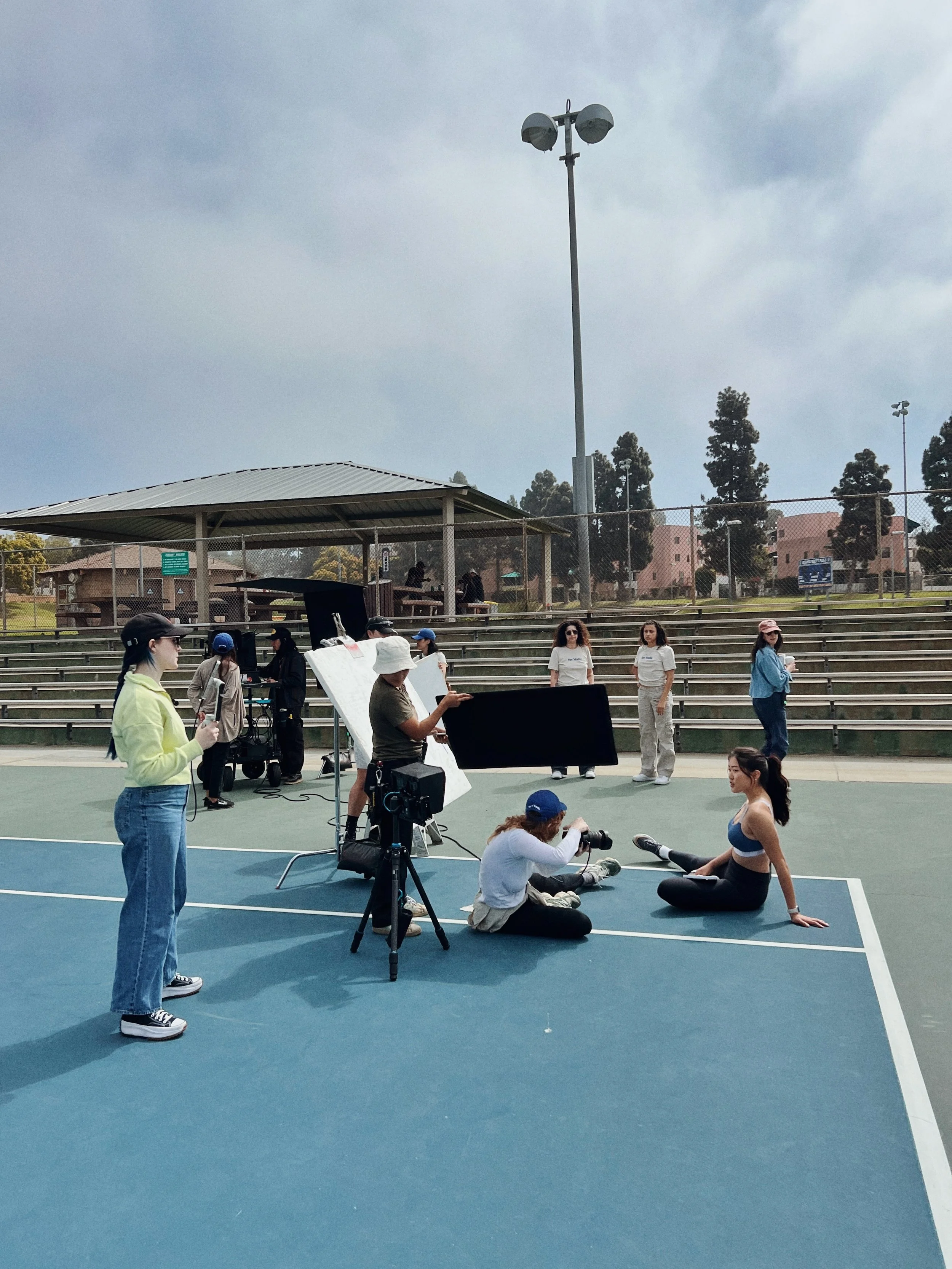ten tips from two decades as a professional photographer
Here to go a bit more in depth on the quick-fire list I shared on instagram this week.
In not much of a particular order I present the top 10 lessons I’ve acquired over twenty years as professional photographer - some through trial and error, others bestowed upon me by the good wisdom of those with more experience and the rest with the inevitable passage of time. If you’re just dipping a toe into this industry perhaps they can serve as guideposts; if you’re an old crusty member like me, may we dust off stubborn jaded shoulders and remember what drew us to this work in the first place. Without further ado:
FIND PEOPLE THAT ARE AT YOUR LEVEL AND WORK UP TOGETHER.
This is your chance to embrace total creative freedom. Reach out to those at a similar stage in their career building and initiate a collaboration. This requires some gumption, intentionality, and a hearty team spirit. You won’t be a perfect fit with everyone but I’ve made many life-long friends and wonderful professional connections with other photographers, hair, wardrobe and makeup artists, set designers, stylists, models, etc., after a simple “hey, wanna grab a coffee and talk about how we can work together?” This is your time to try weird shit, dial in your style and aesthetic and offer a mutual leg-up to others in the industry.SHOW THE WORK YOU WANT MORE OF
Listen very carefully my dear: you don’t have to show everything that you shoot. It’s tempting to constantly put out new work with a “look how busy I am” energy, but especially in the early days of a career, this can result in a portfolio that’s all over the place. In fact, the quickest way to attract your ideal client is to share a carefully curated look and feel - this doesn’t mean you can’t shoot a variety of things, but that you need to be intentional in your curation of imagery so that 1). it’s very clear what kind of work you do, and 2).brands and clients know what to expect when they hire you. Do as many test shoots as you can (see tip #1), to really lock in your style and aesthetic. If you’re in a season where you need to say yes to most opportunities that come to you, make sure you allot some time during the session to shoot for yourself - find your light, try new angles, so that you can walk away with 3-5 portfolio building photographs even if you’d never share the other 45. Try everything, show your very favorites.NEVER TELL THE MODEL ‘NO’
If you photograph people —professional models or ‘regular people’ alike — it is quite literally your job to make those people in front of your lens comfortable and this starts with your very first interaction. I try to meet my clients or models for the first time without a camera in my hand so we’re relating as human to human rather than photographer/subject. It is an incredibly vulnerable thing to show up and give another human the chance to see you and the power to document you. This is something I never want to take for granted. Humanize them, ask them questions, get to know their story. Once we begin shooting it’s 100% on me to give clear direction and pepper them with affirmations. Their comfort and ease is my top priority which is why I will never tell a model “no” if something isn’t working. If they’re having a hard time following along, let them hear you take an image and offer a “let’s try the other hand” or “let me see if you try…” I’ve seen how the word “no” can begin a spiral of "I’m doing something wrong/I’m not good at this/it’s me/I knew I wasn’t photogenic….” and then we lose all the valuable connection we worked hard to establish up to that point.
Giving direction can be practiced. Try the poses on your own time to know how they feel and how to best describe them. SHOW them if possible. Practice reversing your left and right so you can be as specific as possible (I’ll often stand exactly where I want them and give them 2-3 specific angles “right shoulder on this doorframe, chest slightly this way and eyes to camera”). People want direction. Even the most professional models want to know what you expect and hope from them.DON’T BE AN A-HOLE
This is not life and death work so we have no business treating each other like it is. On set: learn everyone’s name and address them/thank them by name. I always take a screen shot of my call sheet so I can easily reference it if a name slips my mind. I cannot do this work on my own — the skills and personality of the entire crew makes it better and it is my job to take care of my photo team, especially. Check in regularly, make sure everyone has had something to eat and stays hydrated, update them as anything shifts. Come to work with a collaborative energy and this could be the funnest group project you’ve ever worked on - you set the tone and the mood and I’ve found that the energy I put out is often the energy I receive back.SOMETHING WILL GO WRONG
Not IF, but WHEN. Regardless of the amount of pre-production locked in place, so much is out of your control (weather/illness/equipment malfunction, etc.), things will go awry at some point. No need to panic (please see tip #4 as a gentle reminder). Time to put on your flexible creative problem solving hat and offer solutions when appropriate. (Please see tip #1 as a perfect experience-building strategy that will build your problem-solving scrappy abilities.) I find it helpful to approach each job with the expectation that I will learn something new - this releases me from imposter syndrome worried that any mishap is a reflection of my inability or inexperience (though I’m a human and sometimes they are!), and reframes the day as a collaborate experience. Remember, for better and for worse you have the ability to set the tone. I had a three-day commercial shoot during which every set-nightmare I’ve ever had came to actual fruition. It was hard — I came home and cried every night — but on set lead my team through a little deep breathing and yoga, treated them to coffee, and did the best work I could with what resources we had. And guess what? At the end of it, we were all alive. And got some pretty great photos if I do say so myself.
Aight, back in a few with the next 5 which (spoiler alert) includes the most helpful rubric for deciding if a job is good fit or not.




